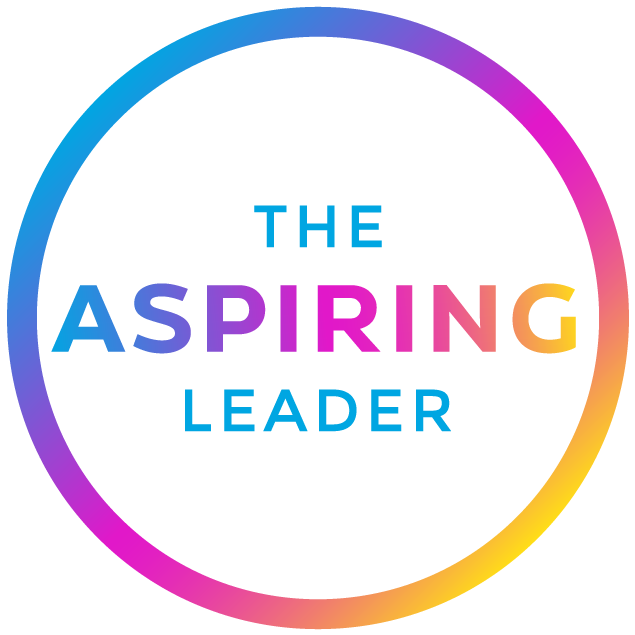Change can be exciting but also extremely tiring. Like embarking on a long walk with a toddler. Enthusiastically full of energy at the beginning but concludes by being dragged, carried, or a combination of both to make it back home.
I am fundamentally programmed to not only love constant change but need it. I get restless if I sit still in the same place or in the same process. But not everyone has the same wiring that I do. Some of us need consistency and trust to feel most effective and comfortable.
We can all respond to a compelling vision and jump on the journey. The exciting part about change is the journey toward an agreed preferred future. However, there is a disconnect between the excitement of change and the loss of control experienced through the process. We can be onboard while still struggling to release our control. Often, there is a lack of trust – perhaps in leadership, our direction, or the effectiveness of the envisioned outcomes.
The first step in building trust is to understand strategic planning horizons.
The three horizons framework (featured in The Alchemy of Growth, Baghai, Coley & White) provides a structure that companies can use to assess the potential opportunities for growth without neglecting performance in the present.
I think of the horizons as what we do today, tomorrow, and into the future. Therefore, although the authors present them regarding products and services, I have applied them in the context of strategic change.
The three horizons are identified by:
Horizon 1 – The Whirlwind
The whirlwind (defined by The 4 Disciplines of Execution) is the activity that we are doing today. The need for change may have resulted from the whirlwind’s ability to be busy without results that drive growth. As a result, there is very little success, and often, we are on a declining path towards failure. Unfortunately, much of the whirlwind has an emotional and even sentimental attachment – it is often the “thing we are most known for.“
The first horizon speaks the language of “this is what we’ve always done” and “where we have seen success in the past.” The end-user generally possesses a high level of trust in the activities and outcomes of this horizon. Teams are often caught in the whirlwind and can be whisked away by busyness as the years pass.
The results and outcomes are easy to measure; however, those metrics are likely outdated or no longer aligned with the future direction. Nevertheless, there is safety, comfort, and trust in the whirlwind.
Horizon 2 – Innovative Ventures
The second horizon is full of opportunity and excitement. There are new areas to explore; however, they need a considerable amount of resources and investment that may impact our ability to deliver on the expected outcomes of the whirlwind.
The second horizon is where innovative ventures emerge from experimenting in the margins of the first horizon. Experimentation happens in the space that the whirlwind has allowed and the trust given to us to try something new. Tangible outcomes may be a few years away, and metrics for success may be unproven. People are often open to these ventures; however, trust is thin, and opposition may be waiting on the edges.
The language of “what if we tried” and “look at what is working over here” is a standard part of the conversation. Innovative ventures may exist on the fringes, and the connection to Horizon One is strong enough to carry trust forward.
Horizon 3 – The Preferred Future
This horizon is where the vision and strategic plan for the preferred future we are moving towards exists. Language is often more about the outcomes than the methods and usually begins with “imagine if we.“
In insolation, it seems unreachable, but the ability to achieve it with confidence will increase when it stays connected to the second horizon. These ideas fill whiteboards and butcher paper sheets when our teams gather and dream. Creating a link between the outcomes of the innovative ventures of the second horizon and this preferred future is a critical step toward success.
There is, however, minimal trust in the third horizon. In reality, there is likely even vocalized and actionable opposition.
But the horizons are never-ending. As our new innovative ventures become the engines that drive a new whirlwind, we begin to re-envision the preferred future. It is like the approaching distant horizon that we never reach.
But the key is keeping the horizons connected. In Start With Why, Simon Sinek shares an analogy about two stonemasons doing the same job. The first sees building a wall as monotonous and challenging and has no hope for completion. The second knows the end goal; they are building a cathedral, and he can see it unfolding. So, his daily grind is connected to the preferred future.
The second horizon is critical as it holds the opportunity to build trust, get runs on the scoreboard and ask people for a small trust deposit. It only requires a minor step of commitment and is far more reachable than the distance of the third horizon. Emphasis on the second horizon is how we lead change through strategic planning.
Horizons must be managed in parallel. We must keep a firm grip on today’s reality while we steer and navigate towards the future. You can’t discount the engine driving the current whirlwind, therefore fuelling trust.
So, how do you keep people connected to the journey?
Navigating change can feel like trying to steer a cruise liner with a paddle out the back – particularly when you have the authority and decision-making power to take over the bridge. Yet, this is the strength that the horizons can bring.
Understanding and implementing a horizons framework creates three opportunities to build that trust and keep our current reality connected to the preferred future.
Opportunity 1 – Incremental Change In The Direction Of A Preferred Future
By experimenting in the margin, we can use the engines that drive the whirlwind and fuel great trust to move into the second horizon. We keep the whirlwind operating while we try something new. As a result, the first step of commitment and confidence in innovating new processes is minor because there is no loss to what is already happening.
Opportunity 2 – It Clarifies The Next Step
Mapping out a vision for a preferred future that does not feel connected to the current reality can overwhelm people. How on earth are they going to eat the entire elephant? One bite at a time. The second horizon is the next step; it is always the first bite of something that feels unfathomable.
Opportunity 3 – Connects Their Day-To-Day To The Bigger Picture
We all need to feel that every brick we lay stays connected to the cathedral and not just a random wall. As Andy Stanley says, vision and the preferred future are like a bucket with holes in it – it leaks. Our teams need to have their vision bucket constantly filled so their everyday contribution feels connected to the bigger picture.
Photo by Diego Jimenez on Unsplash




